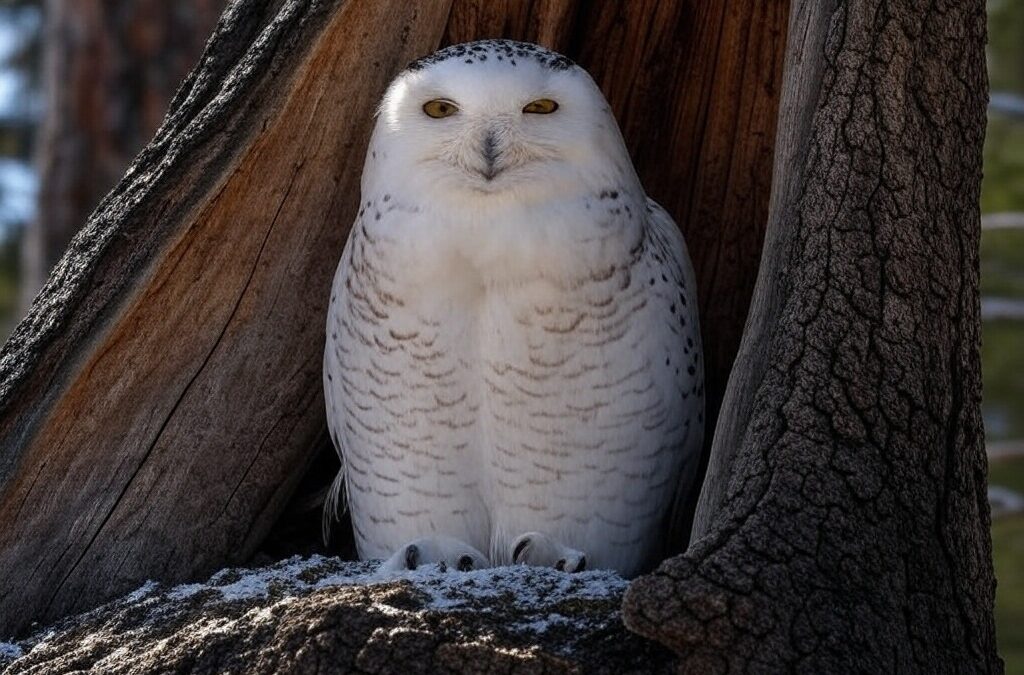Commensalism is one of the most interesting types of relationships in nature. It happens when one species benefits from another without causing any harm. You can see examples of this everywhere—from birds following grazing animals to small fish hitching rides on sharks. Unlike mutualism, where both species benefit, commensalism is a one-sided advantage, but it still plays a big role in ecosystems.
In this article, we’ll explore the best examples of commensalism and explain how it works in different environments. Whether in the ocean, forests, or even urban areas, commensal relationships are happening all around us.
What is Commensalism?
Commensal vs Host – How They Interact in Nature
|
Example
|
Commensal (Benefiting)
|
Host (Affected)
|
Notes
|
|---|---|---|---|
|
Cattle Egrets and Grazers
|
Egrets (food)
|
Grazers (none)
|
Insects stirred up by movement, host unaffected
|
|
Remoras and Sharks
|
Remoras (transport, food)
|
Sharks (none, possibly mutualistic)
|
|
|
Orchids on Trees
|
Orchids (support, light)
|
Trees (none)
|
Epiphytic, no nutrient drain, classic case
|
|
Barnacles on Whales
|
Barnacles (habitat, food)
|
Whales (none, slight drag possible)
|
Generally commensal, minimal impact
|
Commensalism: 20 Best Examples to Understand This Relationship
Commensalism is a type of relationship in nature where one organism benefits while the other is neither helped nor harmed. It can be seen in animals, plants, and even tiny organisms. Below are 20 best examples of commensalism, each showing how one species benefits while the other remains unaffected.
1. Barnacles on Whales – A Free Ride for Survival
Barnacles, small marine creatures, attach themselves to the skin of whales and other large sea animals. By doing this, they gain a free ride through ocean currents, which helps them access more food like plankton. The whale, on the other hand, doesn’t feel their presence or suffer any harm from them. This is a great example of commensalism in the ocean.
2. Cattle Egrets and Grazing Animals – Insects on the Move
Cattle egrets, a type of bird, are often seen following cows, buffalo, and other grazing animals. As these animals move through grasslands, they disturb insects, making them easier for the egrets to catch and eat. The livestock are completely unaffected by the birds, but the egrets get a steady food source.
3. Remora Fish and Sharks – A Convenient Hitchhiker
Remora fish have a suction disk on their heads that allows them to attach to sharks, turtles, and large fish. They use this ability to travel long distances without using much energy and to feed on scraps left behind by their host. The shark doesn’t notice or care about their presence, making this a perfect example of commensalism in marine life.
4. Epiphytic Plants on Trees – Reaching for the Sun
Epiphytes, such as orchids and ferns, grow on larger trees in forests to access sunlight. Unlike parasitic plants, they don’t take nutrients from the tree; they simply use it as a physical support. The tree is not harmed, while the epiphyte benefits from a better position to grow. This is a great way to understand commensalism in plants.
5. Pseudoscorpions on Beetles – A Tiny Traveler’s Advantage
Pseudoscorpions are tiny arachnids that hitch rides on large beetles to move from one place to another. This allows them to reach new areas without exposing themselves to predators or wasting energy. The beetle doesn’t even notice they’re there, making it a simple yet effective example of commensalism in insects.
6. Birds Nesting in Trees – A Safe Shelter
Many birds build their nests in trees, using the branches for support and protection from predators. The tree does not benefit from this, nor is it harmed. The birds, however, get a safe place to raise their young. This is a common example of commensalism in birds and trees.
7. Pilot Fish and Large Marine Animals – A Protective Companion
Pilot fish swim alongside sharks, rays, and sea turtles, gaining protection from predators simply by being close to these large animals. The host animal is not affected in any way, while the pilot fish avoid danger. This example highlights commensalism in ocean ecosystems.
8. Burrowing Owls and Prairie Dog Holes – A Ready-Made Home
Burrowing owls sometimes live in abandoned prairie dog burrows instead of digging their own. This saves them energy and provides a secure home. The prairie dogs that originally built the burrow are not harmed by this, making it a great example of commensalism in animal habitats.
9. Spiders Building Webs on Plants – A Free Hunting Ground
Some spiders build their webs between branches or leaves of plants, using them as a frame for their hunting ground. The plant gains nothing, but the spider gets a strong structure to catch insects. This is a simple yet effective example of commensalism in arthropods.
10. Clownfish and Sea Anemones – A Misunderstood Relationship
While clownfish and sea anemones are often thought to have a mutualistic relationship, in some cases, it is more of a commensal one. The clownfish use the anemone as protection from predators, but the anemone may not gain any benefit in return.
11. Frogs Using Elephant Footprints – Natural Water Pools
In some regions, frogs use shallow puddles that form in elephant footprints to lay their eggs. These small water pools provide the perfect environment for tadpoles to grow, while the elephant remains completely unaffected.
12. Antbirds Following Army Ants – Opportunistic Hunting
Army ants travel in huge groups, disturbing insects and small animals as they move. Antbirds follow these swarms, feeding on insects that try to escape. The army ants are not harmed or affected, but the birds get an easy meal.
13. Beetles Hiding Under Mushrooms – A Natural Shelter
Some beetles take shelter under large mushrooms in damp forests. The mushroom provides protection from rain and predators, but it does not benefit from the beetle’s presence. This shows commensalism in fungi and insects.
14. Owls Using Hollow Trees – A Natural Nesting Site
Many owl species nest inside hollow trees that formed naturally or were previously used by other animals. The tree provides a safe shelter without being harmed, while the owl benefits from protection against predators and harsh weather.
15. Hermit Crabs Using Abandoned Shells – A Borrowed Home
Unlike other crabs, hermit crabs don’t grow their own shells. Instead, they use empty shells left behind by dead snails. The snail is already gone, so it is neither helped nor harmed, but the hermit crab benefits by getting a secure home. This is a classic example of commensalism in marine habitats.
16. Geckos Living in Human Homes – Unnoticed Guests
Many geckos live inside human houses, especially in warm climates. They stay on walls and ceilings, feeding on mosquitoes and small insects. While homeowners might not even notice them, geckos get a safe place to live and hunt. This is an example of commensalism between humans and animals.
17. Mites Living in Bird Nests – Tiny Beneficiaries
Some types of mites live inside bird nests, feeding on feathers and skin flakes left behind by the birds. The mites benefit by getting food and shelter, while the birds are not affected in any noticeable way.
18. Fish Hiding in Sea Urchins – A Natural Shield
Small fish, like juvenile shrimpfish, sometimes hide among the spines of sea urchins for protection. The sea urchin does not benefit from this, but the fish get a safe place to avoid predators. This is a great example of commensalism in coral reefs.
19. Birds Perching on Buffalo Horns – A Simple Resting Spot
Some birds, such as starlings, perch on the horns or backs of buffalo and other large animals. Unlike oxpeckers, which feed on parasites (a mutualistic relationship), these birds simply use the animal as a place to rest. The buffalo doesn’t gain anything, but the bird gets a free resting spot.
20. Sponges Living on Mollusk Shells – Extra Support
Some species of marine sponges attach themselves to the shells of mollusks, such as clams and oysters. The sponge benefits from stability and better access to water flow, while the mollusk is unaffected.
These cases show how nature often works with these low-key partnerships – one side wins, the other shrugs.
Additional examples of Commensalism:
- Vultures Following Predators – scavenging leftoversa
- Beetles Living in Animal Fur
- Mosquito Larvae in Water Plants – for protection from predators
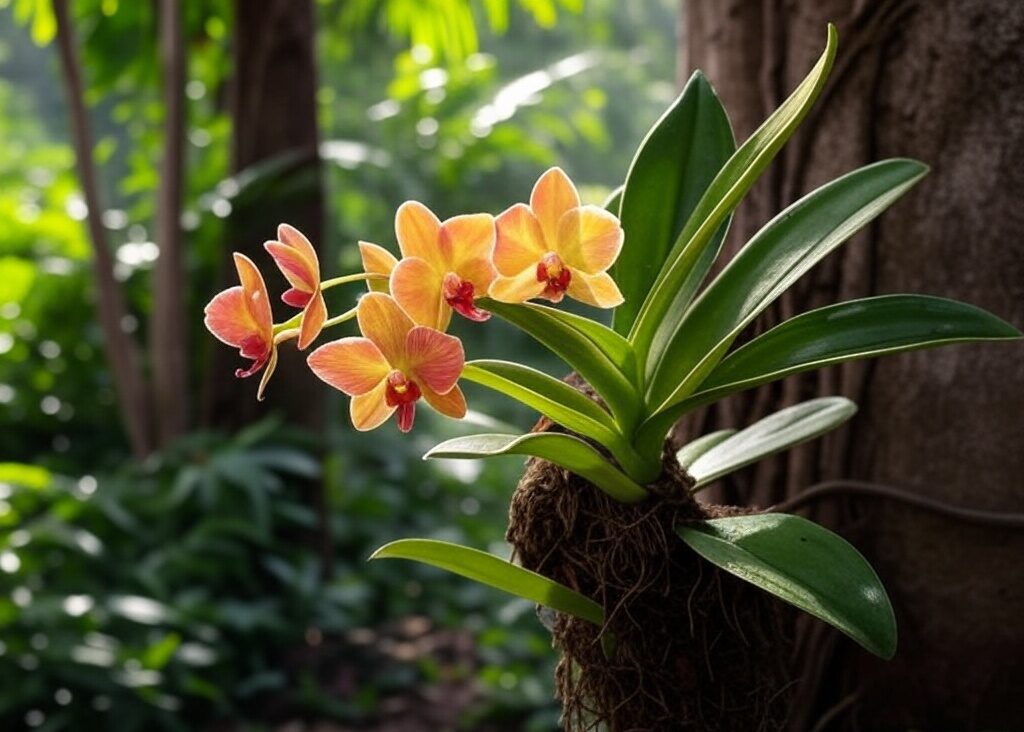
An orchid growing on a tree in a classic example of commensalism. The orchid benefits by gaining support and access to sunlight, while the tree remains unaffected. This natural symbiotic relationship is common in tropical forests.
Types of Commensalism
Commensal relationships fall into three main categories:
1. Inquilinism: One species lives inside or on another without harming it (e.g., orchids on trees).
2. Phoresy: One species uses another for transportation (e.g., remora fish attaching to sharks).
3. Metabiosis: One species depends on another’s previous activity (e.g., hermit crabs using dead snail shells).
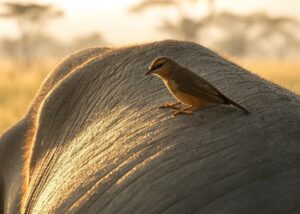
Some birds benefit from buffalo by feeding on insects stirred up as they move, showcasing a clear example of commensalism.
Why Is Commensalism Important in Nature?
Commensal relationships help maintain biodiversity by allowing different species to coexist without conflict. These interactions:
-
Help species survive by providing shelter, food, or transportation.
-
Demonstrate ecological balance by showing how nature finds ways for organisms to thrive together.
-
Occur in every ecosystem, from oceans and forests to urban environments.
Barnacles on whales are a key example of commensalism, showing how marine species benefit from free transport without harming their host.
Commensalism Examples in Humans: Everyday Cases You Didn’t Notice
Commensalism isn’t just something that happens in forests, oceans, or grasslands—it’s happening all around us, even in human environments. While we often focus on relationships between animals and plants, humans unknowingly host many organisms that benefit from us without causing harm. Below are some of the most interesting examples of commensalism in humans, showing how different species use us for shelter, food, and survival.
Bacteria on Human Skin – Invisible Hitchhikers
Our skin is home to millions of harmless bacteria that live on the surface, feeding on sweat, oils, and dead skin cells. These bacteria do not harm us and, in some cases, may even prevent harmful bacteria from taking over. The human body provides them with a warm, nutrient-rich home, but we remain unaffected.
Eyelash Mites – Tiny Passengers on Your Face
Eyelash mites (Demodex mites) live on human eyelashes and eyebrows, feeding on dead skin cells and oils. These microscopic organisms are naturally present on most people and generally do not cause harm. They benefit from having a constant food supply and a safe place to live, while humans are mostly unaware of their existence.
Pigeons in Cities – Using Human Spaces
Pigeons thrive in urban areas, taking advantage of human-made structures like buildings, bridges, and rooftops for nesting. They gain a safe shelter and easy access to food from human activities, but people are neither harmed nor helped by their presence. This is a clear example of commensalism between humans and animals.
House Spiders – Free Pest Control Without Disturbing Humans
Many species of spiders live inside homes, especially in basements, attics, and corners where they are rarely noticed. They feed on insects like flies and mosquitoes but do not harm humans or damage property. While they benefit from a stable, warm environment and plenty of food, humans are generally unaffected by their presence.
Birds Nesting in Buildings – A Modern Shelter
Birds like sparrows and swallows often build their nests in human structures, such as bridges, ledges, and building eaves. The buildings provide them with a safe, elevated nesting site away from predators, but the structures themselves are not impacted in any major way.
Stray Cats in Urban Areas – Living Near Humans for Food
Stray cats frequently live in cities without direct human interaction. They find shelter in abandoned buildings, alleyways, or under vehicles and often scavenge for food near restaurants or garbage bins. While humans do not directly benefit or suffer, the cats take advantage of the environment humans create.
Mold Growing in Bathrooms – Thriving in a Human-Made Habitat
Mold spores grow on damp bathroom walls, feeding on moisture and organic material without affecting the structure itself. While mold can become a problem in large amounts, in small, natural occurrences, it exists without harming humans and simply uses the environment for survival.
A Natural Part of Everyday Life
Commensalism happens everywhere, even in human environments. From bacteria on our skin to birds nesting in our cities, many organisms benefit from humans without us even realizing it. Unlike mutualism, where both species gain something, or parasitism, where one is harmed, commensal relationships exist quietly, shaping the natural world around us.
Commensalism vs Mutualism: Key Differences Explained
Commensalism and mutualism are two types of symbiotic relationships in nature, but they differ in how organisms interact.
-
Commensalism occurs when one organism benefits while the other remains unaffected. It gains food, shelter, or transportation without harming or helping the host. Example: Barnacles on whales—barnacles attach to whales for a free ride and access to nutrient-rich waters, while the whale experiences no impact.
-
Mutualism is a relationship where both organisms benefit. Example: Bees and flowers—bees collect nectar to produce food, while flowers depend on bees for pollination, aiding reproduction.
Commensalism vs Mutualism Summary:
- Commensalism – One species benefits, the other is unaffected.
- Mutualism – Both species benefit.
The key distinction is that commensalism is a one-sided benefit, while mutualism is a win-win interaction. These relationships play a crucial role in maintaining biodiversity and ecosystem balance.
Read also: 20 Nomadic Life Examples & Definition
The Most Popular on BitGlint

40 Social Dilemma Examples in the World & Real Life
Social dilemmas are everywhere. They shape the choices we make at work, in our communities, and even on a global...

30 Favor Examples & Definition
Doing a favor means helping someone without expecting anything in return. It’s an act of kindness that can strengthen...

30 Naivety Examples & Definition
Naivety is something most people experience at some point in their lives. It often starts in childhood, but for some,...

20 Chronology Examples & Meaning
Chronology is something we use more than we realize. It shows up in conversations, in how we remember the past, and in...
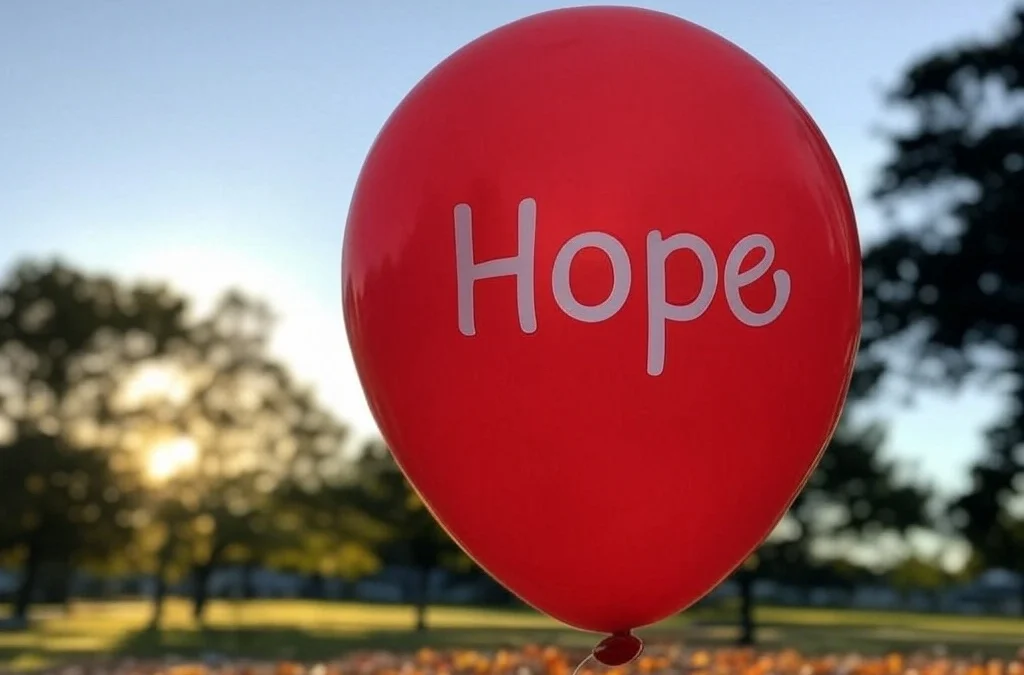
30 Wishful Thinking Examples & Meaning
Wishful thinking is something we all do at some point. You hope things will turn out fine—even if there’s no real...
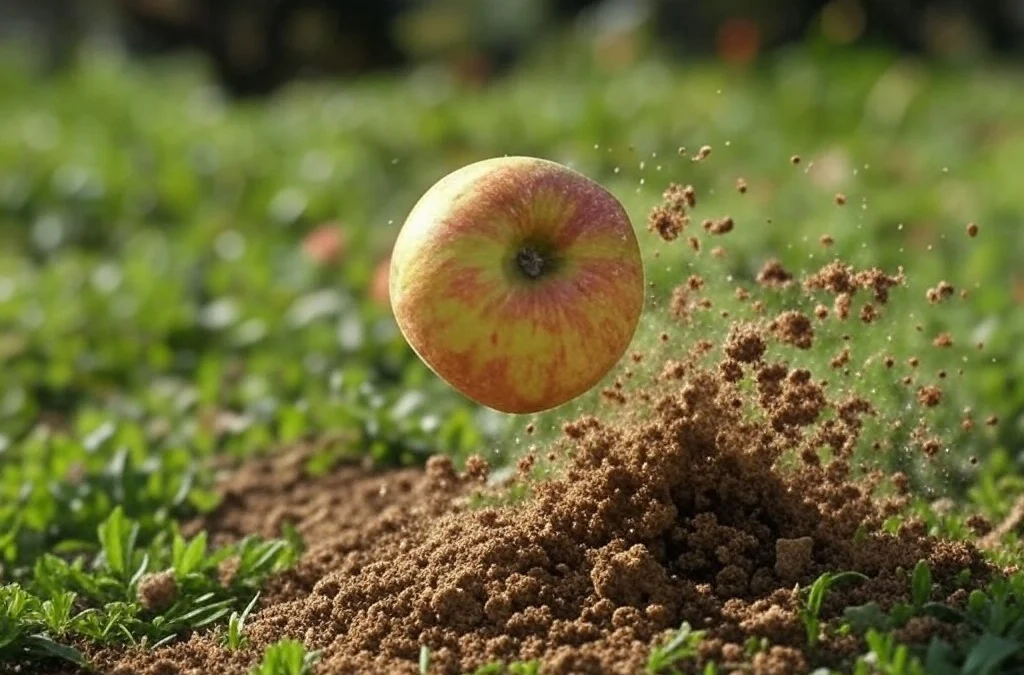
20 Examples of Gravity & What Gravity Really Is
Gravity is one of the most important forces in the universe, but many people don’t fully understand what it really is...
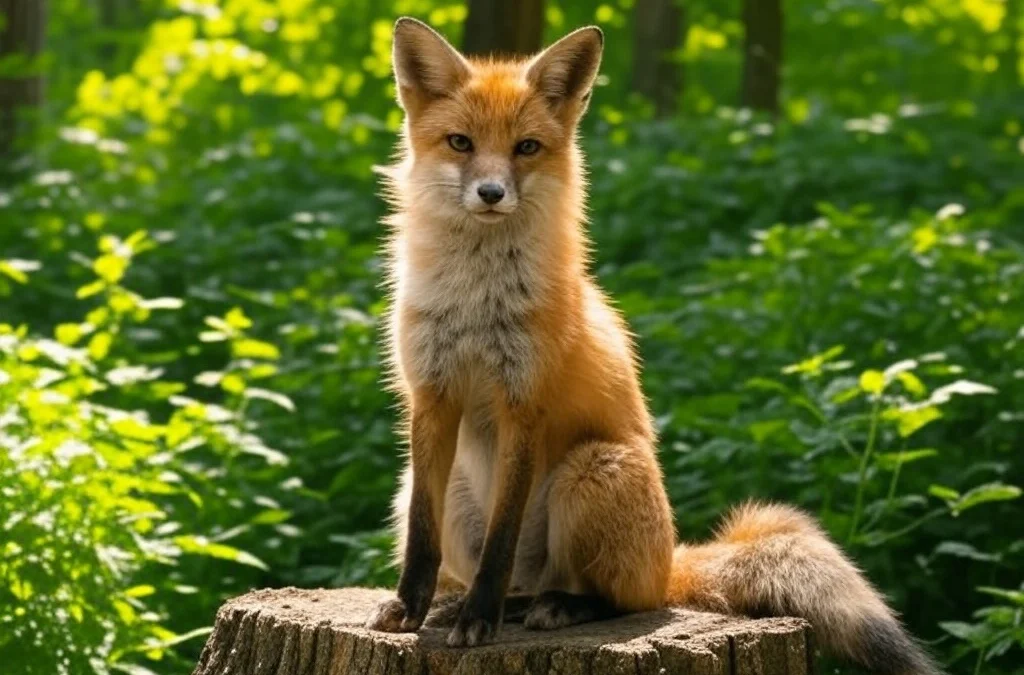
20 Examples of Secondary Consumers in the Food Chain
Secondary consumers are animals that eat other animals—usually herbivores that feed on plants. They’re an important...
Get Inspired with BitGlint

